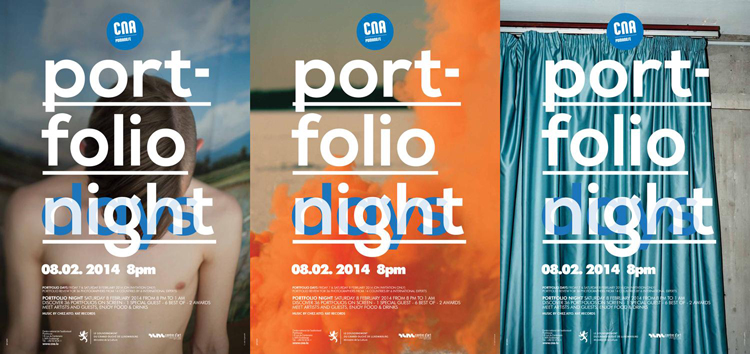


As for the actors, there are no stage directions in the fragment, it is one character answering to the other. That is what readers can guess about the setting. Another typical feature of Pinter is placing the action in a small, closed-in set, clearly influenced by Kafka's claustrophobic atmospheres, we do not really know where are these two characters having a discussion but we can assume, as they are sitting, having coffee, that they are in a living room or a kitchen, but the action only takes place in a single room, which makes the scene more isolated and oppressive. That is the main theme of the play, the idea of how each person has a different version of reality, their own truth, which is a recurrent theme in most of Pinter's plays, stating that there is not one truth, as he said in his speech during the Nobel Prize 2005, which he received: " There are not hard distinctions between what is real and what is unreal, nor between what is true and what is false it can be both true and false". This fragment is located at the last part of the play, a couple in their forties are discussing how they met but do not agree and in this part is where they finally reach a common point. This is very characteristic of the generation of 56, which Pinter was part of. The dramatic principles are tension and silences and it portrays a couple and their difficulties of expression, their lack of communication, as an example of contemporary society.

This is a fragment from Harold Pinter's 'Night' which was first performed on 9th April 1969 and is part of his catalogued "Memory plays", which major and common theme is the conflicting versions of reality between two people.


 0 kommentar(er)
0 kommentar(er)
